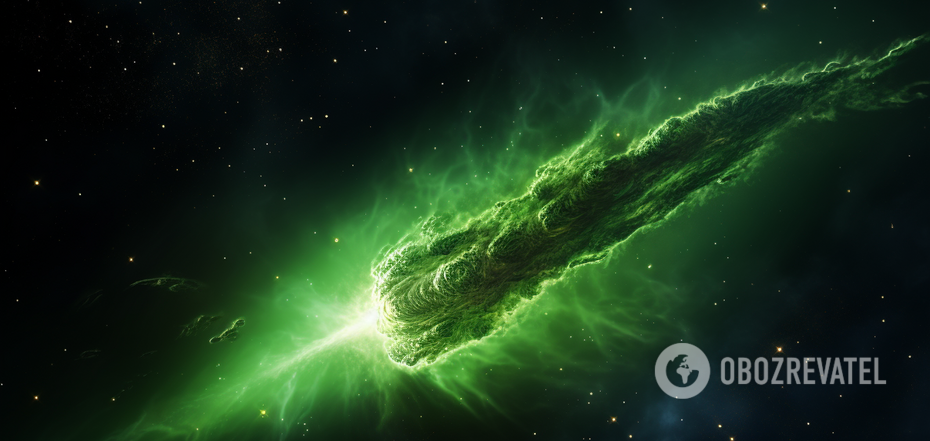Life
A unique green comet is fast approaching the Sun: how and when to see it
If you wanted to see some really rare celestial phenomenon, astronomers report - now is a very good time to do it. These days, comet C/2023 P1, also known as Nishimura, is moving toward its perihelion, the closest point to the Sun in its long orbit. It completes a full revolution in this orbit in 400-odd years.
As reported by the publication IFL Science, to the end point of its route, the celestial body will get to September 17, after which it will enter a new circle. As it approaches the Sun, Nishimura becomes brighter and brighter in the night sky. Its tail glows with a greenish light.
The closest the comet will come to Earth on September 12. It will move at an extremely safe distance of 125.4 million kilometers, that is, it will not become a threat. This distance is as much as 84% of the distance between the Earth and the Sun. It will soon be available for all to see.
As it gets closer to the Sun, the object will become brighter and brighter. But because of the approach to our star astronomers will be difficult to see the comet in the brilliance of the luminary. Yes, and at night time for this purpose will need binoculars. Although after September 8, it will be possible to see it with the naked eye.
The comet appears early in the morning in the east. It is now between the constellations of Cancer and Leo. It can be seen around 4 a.m. slightly to the left of the "morning star" - the planet Venus.
Astronomers assure that for the sake of such a spectacle you can get up at such an early time. After all, the next time the comet will be visible from Earth at the beginning of 2431.
Opened this celestial object Japanese amateur astronomer Hideo Nishimura. It received the official name C/2023 P1 (Nishimura). This is the third comet on the account of the enthusiast. Previously, he has already participated in the discovery of a similar cosmic body called C/1994 N1 (Nakamura-Nishimura-Machholz), and also considered in his telescope object C/2021 O1 (Nissimura).
Earlier OBOZREVATEL told, when and how it will be possible to look quite rare annular solar eclipse in October this year.
Subscribe to OBOZREVATEL channels in Telegram and Viber to be aware of the latest events.



























